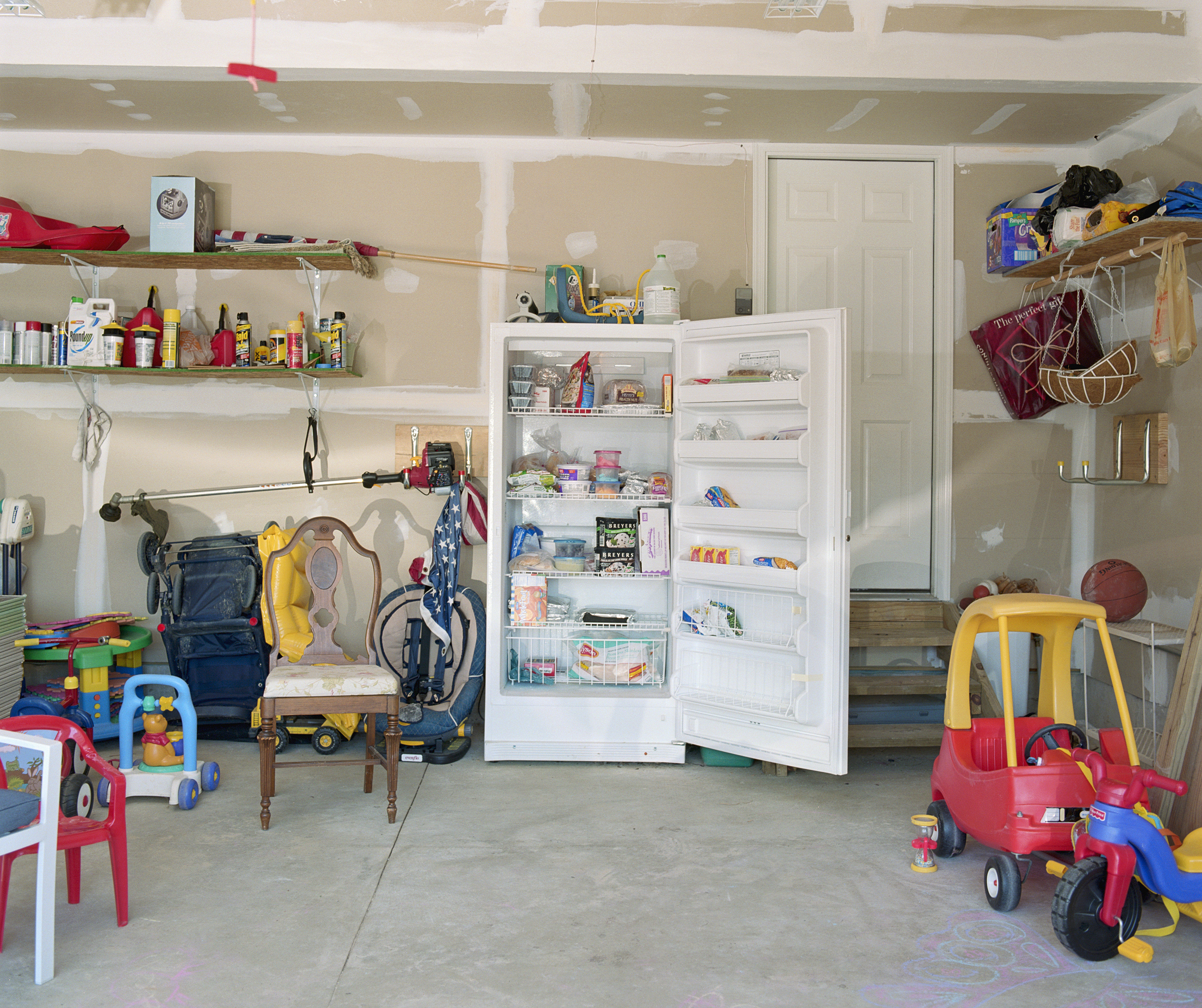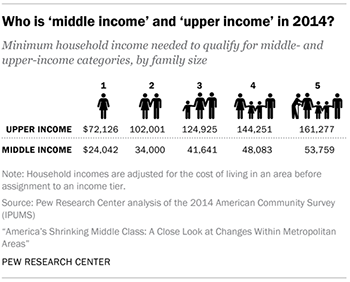

For example, by the 2010s, the share of families with a college-educated head who fall down and out of the middle-class rises from 18.6 percent to 24 percent.

And, to the degree that college education secures a middle-class lifestyle, it appears to be at the expense of position in the top quintile of the income distribution. Households with college-educated heads are more likely to have income at or above the middle-class, while heads with less than a college degree are increasingly within the bottom quintile of the income distribution. Importantly, some families leave the middle class because their incomes fall, and are subsequently below middle-class status, whereas others experience income growth, climbing up and out of the middle class. This stylized fact generally holds throughout the 1980s, 1990s, and 2000s. Shown in Figure 2, the proportion of middle-class families who remain in the middle class falls from roughly 62 percent to 49 percent (1980 – 1986) through the first 7-year interval of our analysis, and more recently (2011 – 2017) falls from roughly 60 percent to 50 percent. We find that overall middle-class stability falls over time, and that college education does not necessarily cushion against instability within the middle class. We then repeat this process with cohorts of households beginning in 1989, 1999, 20. Next, we follow these households for 7 years to determine whether households with college-educated heads are more likely to maintain their status in the middle class over time. We then assess the role of education and other attributes of the household as predictors of middle-class status in 1980. First, we identify all households headed by an adult between the ages of 25 and 64 in 1980. To assess how the role of college education as a bridge to middle-class status may have changed over this period, we form five cohorts from the PSID. Reeves and Ashley Schobert Wednesday, July 31, 2019 We also examine how demographic factors interact with education to predict entry into and exit out of the middle class. Using data from the Panel Study of Income Dynamics (PSID) between 19, we study entry into and out of the middle class, and the role of education as determinant of a middle-class stability. We look back over the past 40 years to assess the role college education has played in shaping entry into and persistence in the middle class for American households. In this report, we provide some recent historical context relevant for considering the value of post-secondary education in providing access to the middle class. At the moment, colleges and universities are also being roiled by the COVID-19 pandemic, with worrying prospects for equity of access and educational outcomes. Nonetheless, equity of access to college and the opportunities it provides is a central concern in policy discussions at the intersection of education and the economy. Many policy interventions, including Pell grants and subsidized student loans, have sought to reduce socioeconomic gaps in college entrance and completion. More open to question is how equitable access to higher education is, particularly during a period of sharp increases in cost of attendance. Presently, access to post-secondary educational opportunities-especially a 4-year college degree-is increasingly seen as requisite for success in an economy that requires advanced analytical ability, facility with computers, and stronger inter-cultural communication skills. The role of higher education in economic mobility is well established. Professor and Chair, Department of Public Administration and Policy Department of Public Administration and Policy - American UniversityĪccess to the American middle class has been made possible by expanding educational attainment over the 20 th Century.


 0 kommentar(er)
0 kommentar(er)
